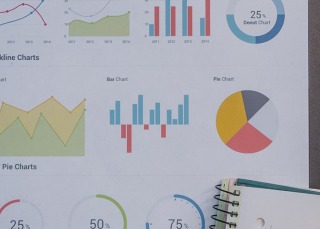
Data Science for Audience Measurement
Key services offered in the audience measurement space include data ascription (filling in gaps in datasets), data integration (combining multiple datasets), audience modelling, advanced data processing and custom analytics.
Respondents are increasingly reluctant to respond fully to long questionnaires. Yet pressure to collect more and more data continues. One way to address this is to field several shorter surveys, each of which aims to collect some information that is unique to each survey and information that is asked in all of them. The unique data collected in a survey can then be ‘ascribed’ to respondents who were not asked these questions, but were asked the common questions (e.g. demographics, where they live).
Data integration – or data fusion – occurs when two or more separate studies are joined together, again using common data collected on all of the studies as a way to ‘match’ participants from one to the other – for example, we might collect readership data on one study and online activity on another and then transfer the online data from one study participant to a matching participant (same gender, age, region etc.) from the other. The person will not actually have to answer questions about detailed online behaviour.
We employ audience modelling in cases where survey data cannot be used in isolation. For example, we can model the readership to low circulation newspapers using a combination of circulation data, census data and information about the title itself. TV viewing of individuals within a household can be modelled using detailed data captured from their TV set-top box or internet router (whether TV is switched on or off, the channel tuned etc.) and other information on the composition of the household.
